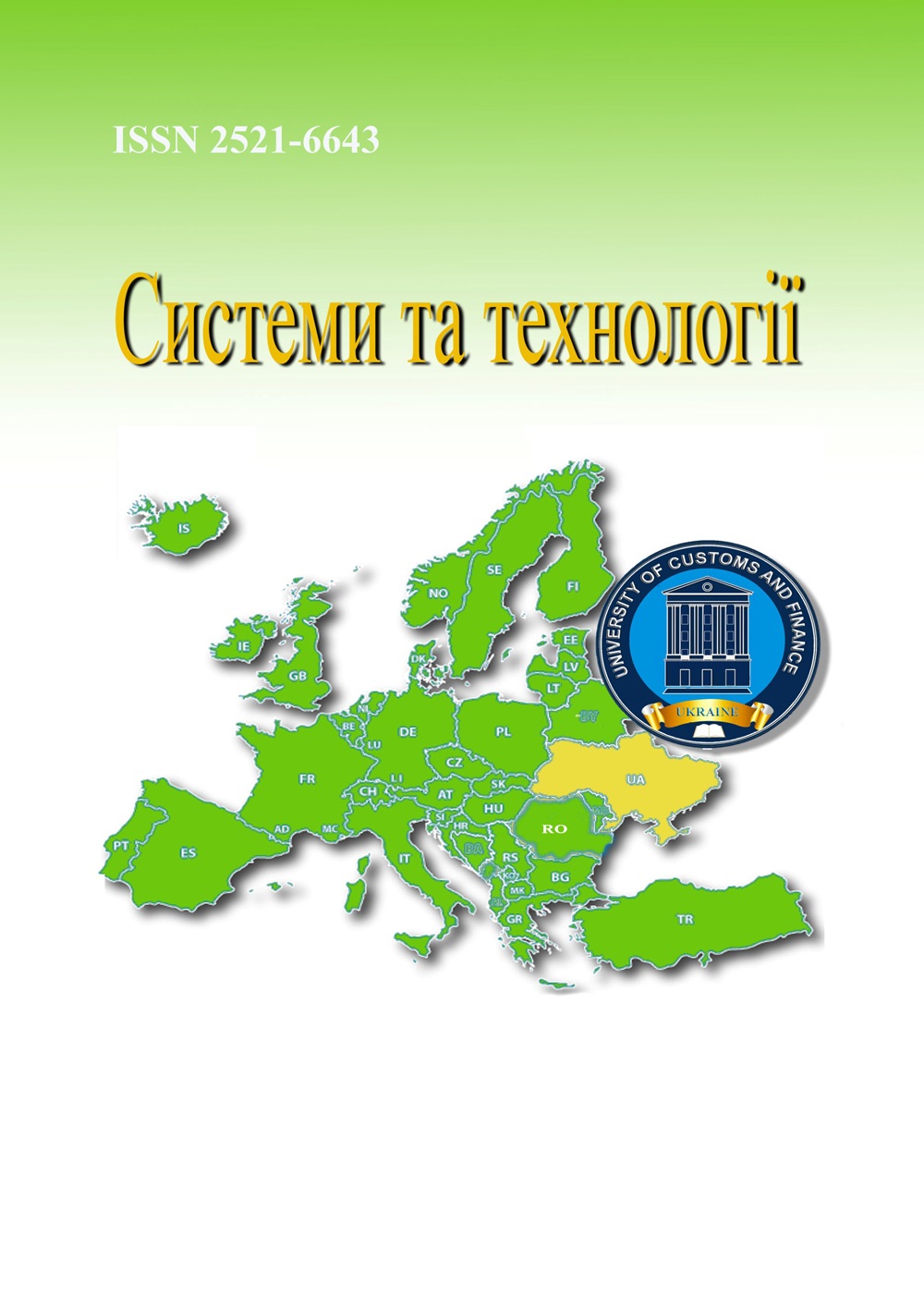CALCULATION OF VEHICLE DRIVING MODES TO REDUCE THE NUMBER OF ROAD ACCIDENTS
Abstract
A study of factors contributing to road accidents has shown that improving active vehicle safety and modernizing road infrastructure aimed at increasing speed and capacity does not ensure an increase in the overall safety of the driver-vehicle-road system. Such measures may lead to the driver going beyond the limits of safe vehicle control. Quantitative indicators of driving quality have been determined, reflecting the level of road safety. The values of driving parameters corresponding to different types of road sections are also presented. These indicators can be used by drivers as information support, as an element of interaction in the driver-vehicle system, and for monitoring road safety by authorized organizations.During the analysis of the conditions of road accidents, it was found that measures to increase the active safety of the driver-vehicle system and road infrastructure, aimed at increasing the speed of movement and throughput, do not ensure an increase in the overall active safety of the video surveillance system. Such actions may allow the driver to go beyond the limits of safe control over the car. In this regard, it was determined and proposed to use as feedback, traffic safety indicators that allow making adjustments to the driver's actions to prevent road accidents. These indicators are used not only by the driver himself, but also serve as the basis for establishing safe ranges of values, exceeding which while driving may be the basis for administrative intervention by the supervisory services.There is an assumption that improving road conditions, speed and braking characteristics, vehicle stability, handling and active safety features contribute to overall traffic safety. However, these claims are contradicted by traffic accident statistics.The average pre-accident behavior of bus, truck, and car drivers has a ratio of 1:0.7:0.5. Analyzing the distance to an accident in the driver-passenger systems, it was found that for drivers with high dynamic characteristics, this distance is 3.3 times smaller than for drivers with low dynamic characteristics.
References
2. Гуржій Т. О. Державна політика безпеки дорожнього руху: теоретично-правові та організаційні засади: Дис. … д-ра юрид. Наук : 12.00.07 / Дніпропетр. держ. ун-т внутр. справ. Дніпро, 2011. 553 с.
3. Системологія на транспорті : підручник : у 5 кн. / За заг. ред. М. Ф. Дмитриченка. К.: Знання України, 2005. Кн. 4 : Організація дорожнього руху. 452 с.
4. Ветрогон О. А. Підвищення точності результатів експертизи швидкості при дорожньо-транспортній пригоді: автореф. дис. … канд. техн. наук: 05.22.20. Харків, 2009. 21 с.
5. Голубєва Г. К. Адміністративно-правова кваліфікація порушень водіями правил експлуатації автотранспортних засобів: автореф. дис. … канд. юрид. наук: 12.00.07. Ірпінь, 2008. 20 с.
6. Граділь А. О. Адміністративні процедури при оформлені дорожньо-транспортних пригод. Науковий вісник Національного університету біоресурсів і природокористування України. Серія «Право». Вип. 165. Частина 2. 2011. С. 227-230.
7. Кашканов В. А. Удосконалення методу визначення коефіцієнта зчеплення при автотехнічній експертизі ДТП: автореф. Дис …. канд. техн. наук: спец. 05.22.20. Харків, 2008. 20 с.
8. Ксенофонтова В. А. Розробка методу визначення швидкості транспортного засобу до зіткнення в результаті ДТП: автореф. Дис …. канд. техн. наук: 05.22.20. Харків, 2003. 21 с.
9. Рубан А. О. Стійкість шаруватих ґрунтових споруд на деформованій основі : монографія. Дніпро: ПГ АСіА, 2005. 182 с.

 ISSN
ISSN 




